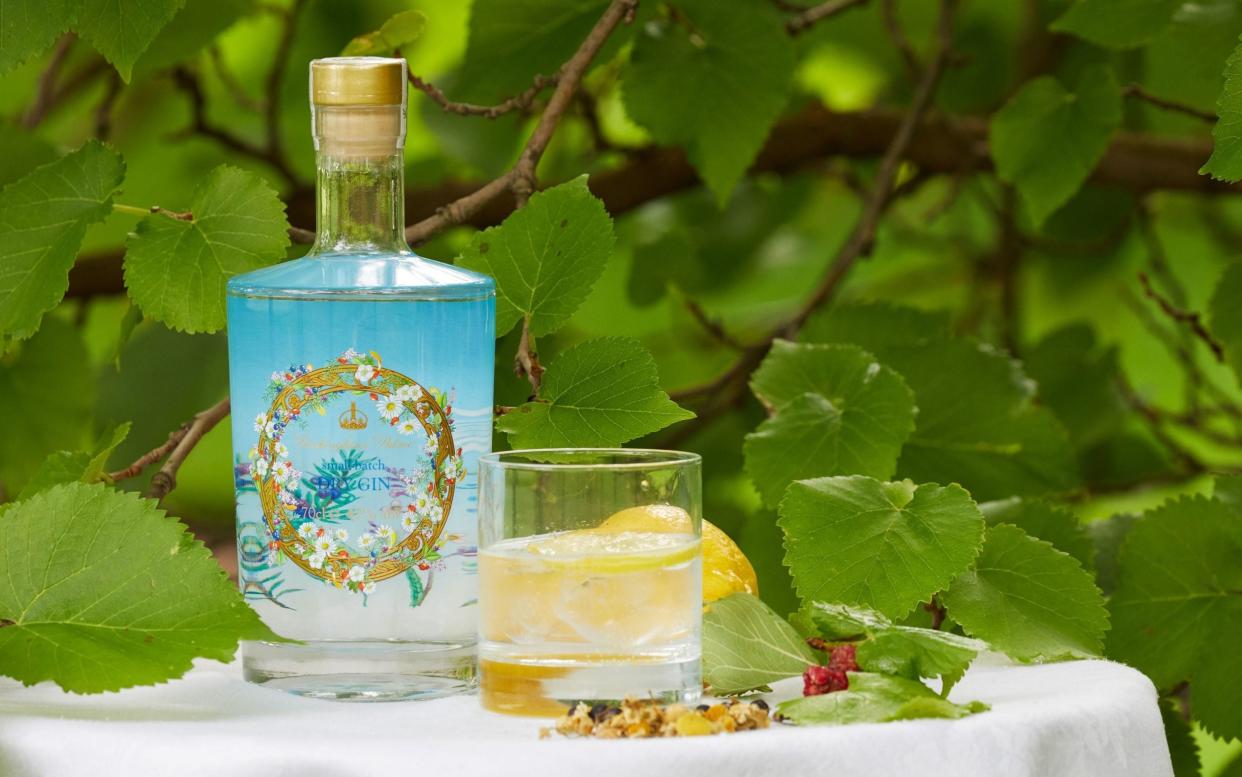Buckingham Palace releases a gin fit for the Queen, but how does it taste?

An official Buckingham Palace gin was launched today by the Royal Collection Trust, a department of the Royal Household, for sale in its shops.
The spirit, a small-batch London dry gin at 42% abv (£40 for 70cl), follows the very modern fashion of using botanicals to represent the flora of a particular location.
Of course, at the heart of every gin you will find the pine-like scent of juniper. Legally speaking, a gin is not a gin unless its dominant flavour comes from the dark, bitter, woody berries harvested from this coniferous tree or shrub. But distillers love to play with the botanicals – the peels, berries, roots, barks, flowers and herbs - that riff alongside the juniper. Sensitively used, botanicals can transform the perfume and flavour of a gin. Increasingly, they are also entrusted with the bigger role of conveying a sense of place.
There are gins that speak of the seashore. Isle of Harris Gin is made in the Outer Hebrides using locally hand-harvested sugar kelp, which gives the gin a maritime tang. The Botanist, meanwhile, is produced by the Bruichladdich distillery on Islay using 22 island botanicals including creeping thistle, heather, mugwort and sweet cicely.
Then there’s Hepple, a moorland Gin made with ingredients foraged in the wilds of Northumbria and Dyfi Original, which is made using bog myrtle, Scots pine tips and other plants found in the Dyfi Valley in Wales.
Perhaps in the creation of their gin Buckingham Palace also took inspiration from another royal household; Highgrove Gin is made using thyme, lavender and sage grown organically in the gardens at Highgrove.
Buckingham Palace gin is made using 12 botanicals, not all of which are disclosed. It’s not uncommon for gin brands to keep some of their ingredients a secret but we do know that juniper must be one of the 12 and that among the others are several sourced from the gardens of the Palace itself. These include lemon verbena, hawthorn berries, bay leaves and mulberry leaves.
And to taste? Not making it into any of my must-try or favourite gin lists, I’m afraid. The nose is more towards the herbal and citrus range of flavours and lacks the warm juniper punch that I seek out in a London Dry. It’s more attractive on the palate but still not winning my vote. Serve with patriotic spirit and a sprig of lavender.


